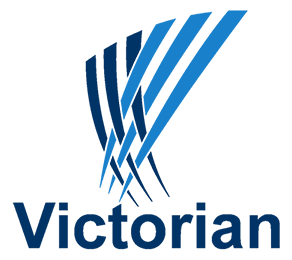Ultimately, ISO 45001 fosters a healthier, more engaged workforce and a safer, more resilient organization. It creates a positive environment across departments, encouraging participation in company initiatives and strengthening the organization’s overall culture.
What is ISO 45001 certification in general?
High-Level Structure of ISO Standards and Key Clauses in ISO 45001
International standards published by the International Organization for Standardization (ISO) follow a unified format known as the High-Level Structure (HLS). Introduced in 2013, this structure provides a consistent framework comprising 10 standardized clauses, making it easier for organizations to implement and integrate various ISO management systems.
ISO 45001, which focuses on Occupational Health and Safety Management Systems (OHSMS), adopts this high-level structure. The standardized framework simplifies implementation for both employees and consultants by offering a clear and consistent approach. The key clauses of ISO 45001 include:
1. Context of the Organization
This clause involves identifying internal and external factors that can affect the OHSMS. Understanding the organization’s context helps in defining the scope and ensuring that all relevant issues are considered when designing the system.
2. Leadership
Leadership plays a critical role in the success of OHSMS. This clause ensures that top management demonstrates commitment by establishing clear policies, setting objectives, and defining roles and responsibilities. It emphasizes accountability and the promotion of a culture of safety throughout the organization.
3. Planning
Planning involves identifying risks and opportunities related to occupational health and safety. It includes setting objectives and determining actions to mitigate risks and enhance opportunities. The top management is actively involved in shaping these plans to ensure effective implementation.
4. Support, Operation, Performance Evaluation, and Improvement
Other clauses—such as support, operation, performance evaluation, and continual improvement—are equally important and build upon the foundation laid in the initial phases. They ensure that resources are available, processes are properly managed, performance is regularly reviewed, and improvements are consistently made.
It is important to note that explaining every aspect of ISO 45001 in a single overview is not possible due to the standard’s depth and complexity. For a more detailed understanding and expert guidance tailored to your organization’s needs, you can contact victorian groups, a trusted provider of ISO consulting services.

